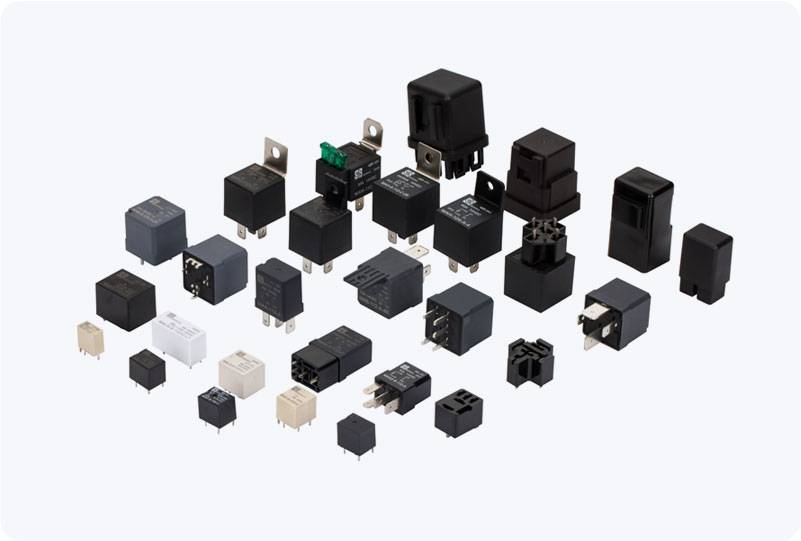understanding hazardous area relay: essential for safe operations in dangerous environments
Release time:2025-04-20 04:02:36
In many industrial and commercial environments, the presence of hazardous materials or potentially explosive atmospheres demands the highest level of safety and reliability. To ensure the safety of personnel, equipment, and the environment, it is essential to utilize specialized safety devices, including hazardous area relays. These relays are designed to manage and control the operation of electrical circuits and equipment in environments where the risk of explosion or fire is significant. In this article, we will explore the key features, functions, and applications of hazardous area relays, as well as why they are indispensable for operations in dangerous environments.

What is a Hazardous Area Relay?
A hazardous area relay is a protective device used to control the operation of electrical circuits in environments where there is an increased risk of fire or explosion. These relays are often employed in industrial settings such as chemical plants, oil refineries, and mining operations where flammable gases, vapors, or combustible dust might be present. Hazardous area relays are engineered to prevent the ignition of explosive atmospheres by ensuring that electrical equipment operates safely under strict conditions.
These relays are typically used in conjunction with other safety devices like explosion-proof enclosures and intrinsically safe circuits. Hazardous area relays monitor parameters such as temperature, pressure, and electrical current to ensure that equipment does not exceed unsafe thresholds that could lead to an ignition source. When any unsafe condition is detected, the relay can trigger a shutdown or activate an alarm, preventing potential hazards.


